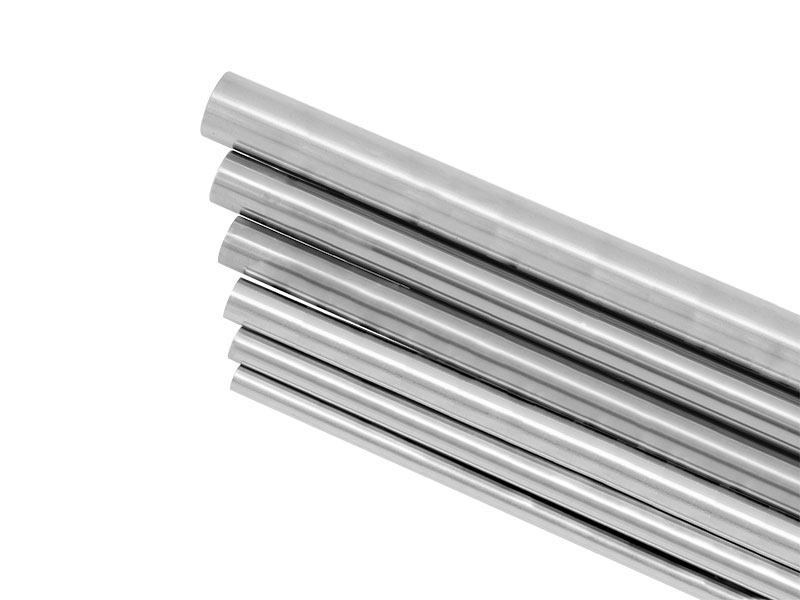Abstract:Improving the mechanical properties of welded stainless steel pipe involves several considerations, including proper welding techniques, material sele
Improving the mechanical properties of
welded stainless steel pipe involves several considerations, including proper welding techniques, material selection, and post-weld treatments. Here are steps and strategies to enhance the mechanical properties of welded stainless steel pipes:
Proper Welding Techniques:
Utilize appropriate welding methods, such as TIG (Tungsten Inert Gas) or MIG (Metal Inert Gas) welding, to ensure precise control of the heat input. This helps prevent overheating and the development of undesirable microstructures.
Maintain appropriate welding parameters, including voltage, current, travel speed, and shielding gas flow rate, to achieve high-quality welds with minimal distortion and heat-affected zone (HAZ) effects.
Preheat and Interpass Temperature Control:
Use preheating and interpass temperature control to minimize thermal stress and prevent cracking. Preheating the base metal before welding and controlling the temperature between welding passes can improve mechanical properties.

Select the Right Welding Filler Material:
Choose welding filler materials that match or exceed the mechanical properties of the base metal. This ensures that the weld metal itself contributes to the overall strength of the welded joint.
Post-Weld Heat Treatment (PWHT):
Consider PWHT when it's applicable and necessary. PWHT can relieve residual stresses and improve the mechanical properties of the weld. It's commonly used for certain stainless steel grades and specific applications.
Proper Weld Design and Geometry:
Optimize the weld joint design and geometry to distribute stress evenly. Ensuring proper joint preparation and fit-up can prevent stress concentration points.
Control Distortion:
Implement methods to control distortion, such as clamping and fixturing, to maintain the desired dimensions and shape of the welded stainless steel pipe.
Non-Destructive Testing (NDT):
Conduct non-destructive testing, such as ultrasonic testing (UT) or radiographic testing (RT), to detect any defects or imperfections in the welds that could compromise mechanical properties.
Surface Finishing:
Finish the weld surfaces properly through methods like mechanical polishing or electropolishing to remove any imperfections that may serve as stress concentration points.
Quality Control and Inspection:
Implement rigorous quality control procedures throughout the welding process to ensure that welds meet specified standards and mechanical property requirements.
Proper Handling and Storage:
Handle and store stainless steel pipes correctly to prevent damage or contamination that could affect their mechanical properties.
Testing and Documentation:
Perform mechanical testing, such as tensile, impact, and hardness testing, to verify that the welded stainless steel pipes meet the desired mechanical property requirements. Keep detailed records and documentation of test results.
